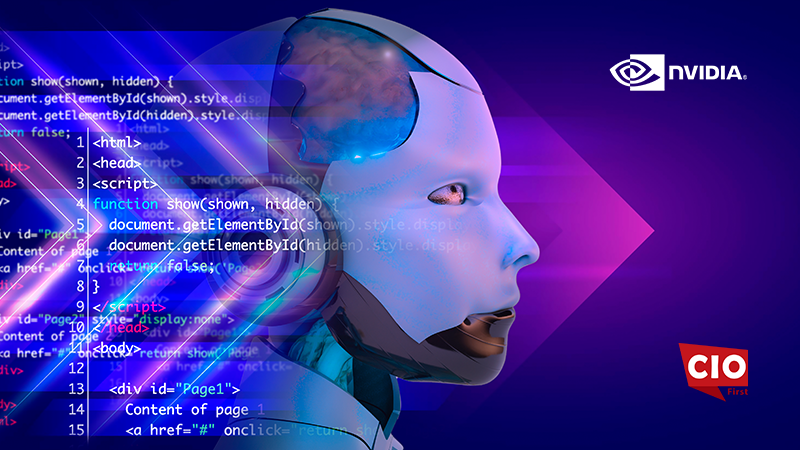Jason Lapp: The most critical consideration would be to ensure the tools you add are simplifying workflows, not adding additional steps, or overwhelming your employees. Look for tools that not only technically integrate but also easily integrate into pre-existing processes by reducing the number of steps or tools involved. Workflows are faster and easier than ever before in hybrid settings, so your tech stack must support the new pace of the workplace.
There are also new dynamics on maintaining a presence in hybrid environments, so it’s helpful to look for visual tools that can help ease internal and external communication. It’s a must to have synchronous and asynchronous collaboration, commenting and sharing built into any application today.
Also Read: Building Long-Term AIOps Strategy
ET Bureau: What trends do you think will emerge in the integration collaboration tool?
Jason Lapp: While collaboration tools are not new, the environment that we use them in has changed. Previously, most of us worked in offices together and often didn’t use collaboration tools to their fullest capabilities. Now, with many of us in a hybrid work setting, collaboration tools are necessary to succeed. I expect to see collaboration platforms experience significant growth from their user base and increased funding. With this heightened focus, we’ll start to see new features, integrations and settings that bring together in-person and remote employees in more innovative ways. These changes will improve workflows, empower individuals and the overall success of teams.
At the same time, I expect virtual collaboration and interactions to remain casual and informal. Before the pandemic, being on video meant having a highly manicured and curated experience. Now, video has become a more casual and informal way for colleagues to collaborate, removing the previous rules and expectations of perfection
Also Read: Three Change Management Challenges that keep IT Leaders Awake at Night
While hybrid meetings and collaboration will remain casual, thoughtfully designed, compelling visual content will become increasingly important. I anticipate that imagery will play an even bigger role in presentation, design and visual content in 2022. The amount of visual elements to choose from will present a challenge for non-designers. This will increase the need for productivity tools, integrations and design software that leverage pre-selected imagery to help end users choose the right visuals and create design-forward communications that engage, not distract, audiences.
[vc_column][vc_tta_tour][vc_tta_section title=”Jason Lapp” tab_id=”1602598322051-0408cb00-0e1c”][vc_column_text]
Jason Lapp is a startup executive and growth expert. Currently, he’s the chief executive officer of Beautiful.ai, where he’s focused on changing the way the workforce communicates through design-driven technology. Lapp has spent most of his career advising some of the world’s biggest companies on their brand, marketing and communications strategies, including Visa, Intel, Clorox, Facebook, Red Bull and Microsoft.
[/vc_column_text][/vc_tta_section][/vc_tta_tour][/vc_column]
should consider while assessing the product or service, especially for the hybrid workforce?





























